Orthotics and Physical Therapy
Our team of physical therapists can help children build strength, gain flexibility, improve balance and coordination, and optimize movement patterns and alignment. But we can’t always do it alone. In some cases, orthotics are pivotal in correcting a child’s lower extremity position, so that strengthening can occur optimally. Below are some of the more common postural/gait deviations we see as pediatric physical therapists, as well as the most common orthotic interventions for each one.
Excessive Pronation:
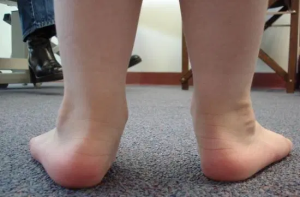
When babies and toddlers first begin to stand and walk, their feet are almost always flat. Arch development is a process that takes place as toddlers master walking and develop the small muscles that form the arches of the feet, which usually occurs by age 2-3. However, the correct development of arches depends upon the position of the ankle. When the ligaments in the feet and inner ankles are overly lax, ankles roll inward, which is known as excessive pronation. Depending on the severity, excessive pronation can be corrected with custom or prefabricated shoe inserts, or with custom-made SMOs (Supra-Malleolar Orthoses). SMOs encompass the ankle and are therefore more effective at controlling not just the foot, but the ankle position as well.
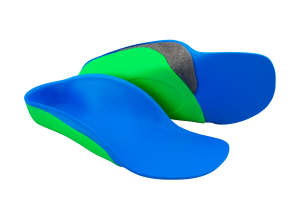
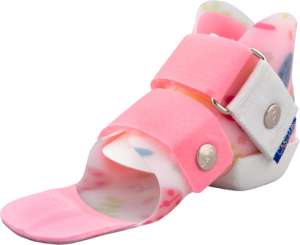
Toe-Walking:
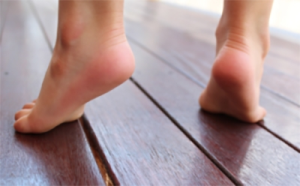
Some children walk on their tiptoes, either occasionally, some, or all of the time. When children walk on tiptoes the majority of their time spent walking, even with supportive shoes on, orthotics are often indicated. Children walk on tiptoes for various reasons, including calf and/or hamstring muscle tightness, ankle instability (which can be relieved by tip-toeing), or sensory preferences – some children enjoy the increased pressure achieved by walking on tiptoes while others may raise onto their toes to avoid feeling their feet touching the floor. When tightness is significant, other medical interventions may be needed prior to getting orthotics, such as Botox injections or serial casting. Assuming tightness is not a significant issue, toe-walking can be addressed with AFOs (Ankle-Foot Orthoses) or Toe-Walking SMOs.
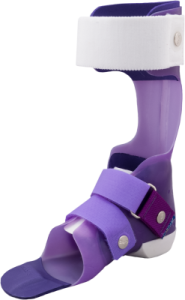

Crouched Gait:
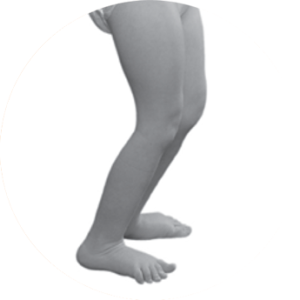
Due to muscle weakness and inefficient patterns of muscle activation, some children collapse into a “crouched” position when standing and walking, with their knees bent and their weight shifted forward. This leads to an atypical gait pattern with limited force production, decreased speed, and a marching-like appearance. Crouched gait is often treated with AFOs (pictured above), in conjunction with strengthening.
Orthotics for Complex Medical Conditions:
Orthotics are also used for a variety of reasons among children who require assistive devices for walking or who may never stand or walk independently. Orthotics can effectively prevent muscle tightness and allow safe weight-bearing in supported standing for bone health, as well as improved respiration, circulation, and digestion.
In summary, orthotics are extremely beneficial for a variety of reasons across the spectrum of gross motor development. If you have concerns about your child’s alignment or walking pattern, a physical therapy evaluation is always a great place to start. As indicated, the physical therapist may refer your child to an orthotist, and ongoing physical therapy may be recommended as well.
Article written by: Jessica Bronson PT, DPT

